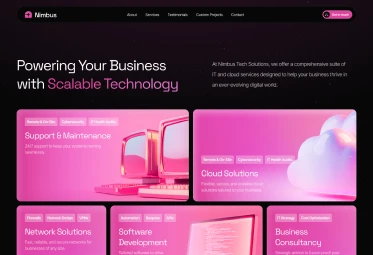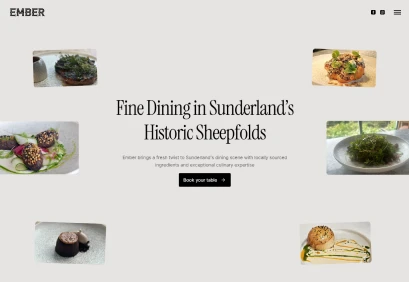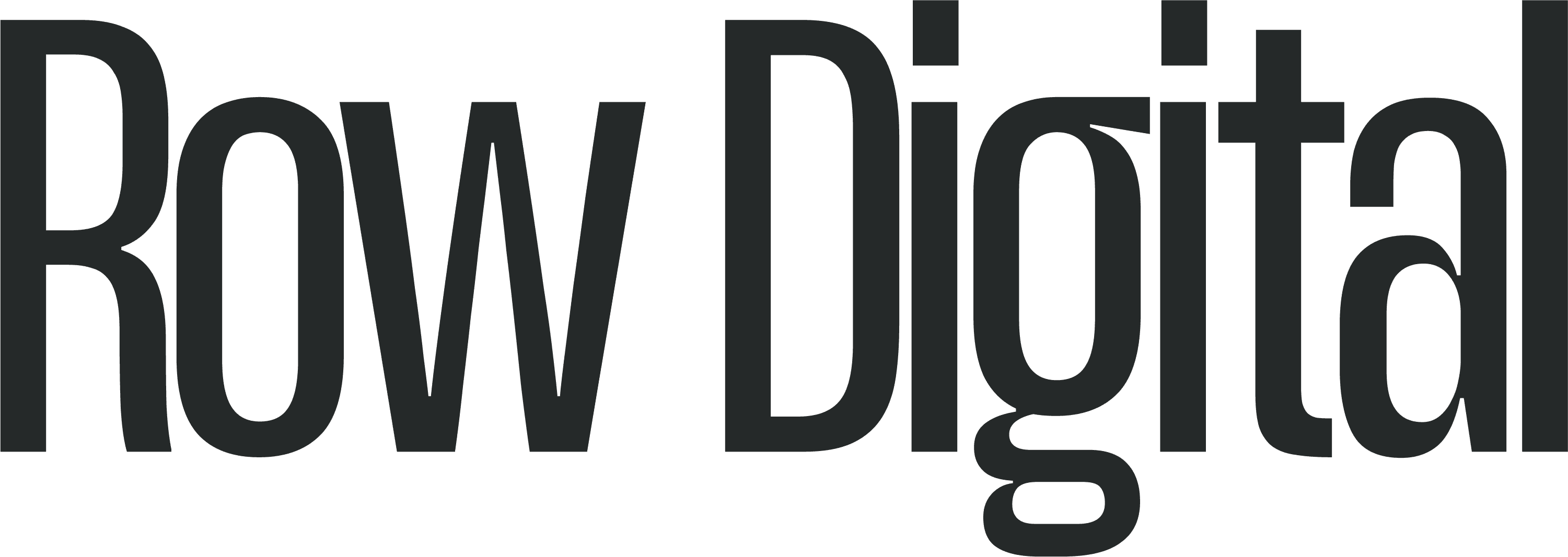Feb 4, 2025
4 min read
The Ultimate Guide to Naming Your Web Design Business: Strategic Branding and Positioning

James Row
Feb 4, 2025
4 min read




100+
happy clients
Need Custom Web Design and SEO to Help Your Business Grow?
Transform your online presence with custom web design and SEO tailored to your business needs.
Naming your web design business is far more than a simple administrative task—it's a critical strategic decision that can significantly influence your brand's perception, market positioning, and long-term success. The right name serves as a powerful first impression, communicating your unique value proposition, design philosophy, and professional identity in just a few carefully chosen words.
The Psychology of Business Names
Cognitive Processing and First Impressions
Human brains are wired to make rapid judgments. Within milliseconds of encountering a business name, potential clients form subconscious impressions about your brand's:
Professionalism
Creativity
Reliability
Expertise
Market positioning
A strategically crafted name acts as a cognitive shortcut, instantly communicating your business's core essence and differentiating you from competitors.
Comprehensive Naming Strategies
1. Descriptive Naming Approach
Descriptive names directly communicate your service offering and professional focus.
Pros:
Immediate clarity
SEO-friendly
Clear value proposition
Examples:
WebCraft Design
Digital Frontier Studios
Pixel Perfect Solutions
Responsive Web Creators
UK Digital Design Collective
Considerations:
Avoid being too generic
Ensure name reflects your specific niche
Balance descriptiveness with creativity
2. Creative and Conceptual Names
These names leverage metaphorical or abstract concepts to convey your design philosophy.
Potential Themes:
Architectural metaphors
Natural world references
Technological concepts
Artistic movements
Examples:
Spark Creative
Innovative Edge
Design Horizon
Cipher Studios
Prism Web Design
Strategic Considerations:
Must be memorable
Should hint at your creative capabilities
Avoid being too obscure
3. Technical Innovation Names
For businesses emphasizing cutting-edge technological expertise.
Focus Areas:
Modern development platforms
Advanced design methodologies
Technical innovation
Examples:
CodeCanvas
FramerForge
DigitalArchitects
Syntax Design Co.
Quantum Web Solutions
Key Attributes:
Convey technical proficiency
Appeal to tech-savvy clients
Demonstrate forward-thinking approach
4. Location-Based Branding
Leveraging geographical identity to establish local credibility.
Strategic Benefits:
Local SEO advantages
Community connection
Regional trust signals
Examples:
London Web Makers
UK Design Studio
British Digital Creative
Manchester Creative Web
Edinburgh Design Collective
Considerations:
Allows geographic targeting
Potential limitation for future expansion
Strong for service-area businesses
5. Personal Branding Approaches
Utilizing personal name or identity as a business identifier.
Advantages:
Builds personal connection
Establishes individual expertise
Creates authentic brand narrative
Examples:
[Your Name] Web Design
[Last Name] Creative
Personal Brand Collective
[Founder Name] Digital Studio
Strategic Recommendations:
Works best for highly specialized services
Requires strong personal reputation
Consider long-term personal brand alignment
Comprehensive Naming Checklist
Technical Availability Verification
Domain Name Availability
Check .co.uk and .com extensions
Consider alternative TLDs (.design, .digital)
Ensure exact match or close variation available
Social Media Handle Consistency
Check availability across platforms
Aim for uniform handles
Consider potential abbreviations
Legal and Trademark Considerations
Conduct thorough UK trademark database search
Check Companies House register
Consult intellectual property databases
Consider potential naming conflicts
Linguistic and Cultural Assessment
Test pronunciation
Check for unintended meanings
Ensure international comprehensibility
Avoid cultural misinterpretations
Advanced Naming Techniques
Combining Naming Approaches
Innovative naming often emerges from strategic combination:
Technical + Descriptive (e.g., CodeCraft Solutions)
Location + Creative (e.g., London Spark Studios)
Personal + Technological (e.g., Harris Digital Forge)
Linguistic Design Principles
Use alliteration for memorability
Create rhythmic name structures
Employ strategic word combinations
Red Flags and Naming Pitfalls
Names to Avoid
Overly generic terminology
Difficult pronunciation
Complicated spellings
Potential negative interpretations
Names limiting future growth
Warning Signs
Name sounds similar to existing businesses
Lacks clear connection to services
Difficult to spell or remember
Potential trademark issues
Constrains future service expansion
Selection and Validation Process
Systematic Name Selection
Initial Brainstorming (Generate 30-50 concepts)
Peer and Mentor Feedback
Technical Availability Check
Trademark Investigation
Client Perception Testing
Final Selection and Registration
Validation Techniques
Survey potential target clients
Conduct blind recognition tests
Analyze competitive landscape
Assess long-term scalability
Future-Proofing Your Business Name
Strategic Considerations
Allow flexibility for service diversification
Create name with potential pivot potential
Avoid hyper-specific limiting terminology
Build brand with adaptability in mind
Conclusion: Your Name as a Strategic Asset
Your web design business name is more than a label—it's a strategic communication tool. It represents your professional identity, communicates your unique value proposition, and serves as the foundation of your brand narrative.
By approaching naming as a comprehensive strategic exercise, you transform a simple identifier into a powerful marketing instrument that can differentiate you in a competitive marketplace.
Invest time, creativity, and strategic thinking into this crucial decision. Your business name is the first chapter of your brand's story—make it compelling.




